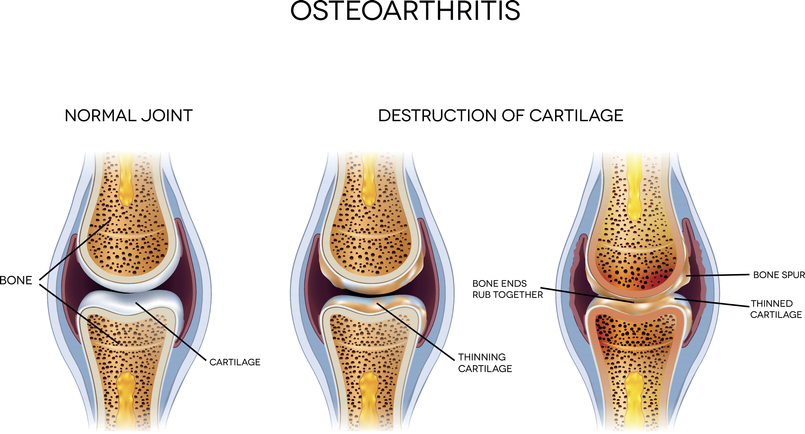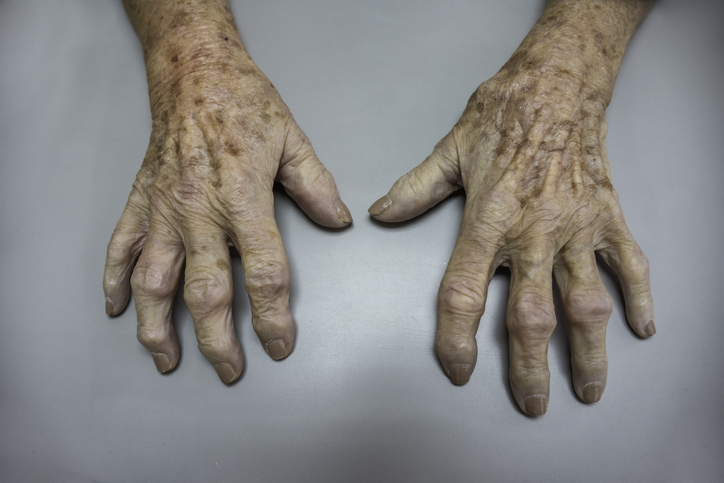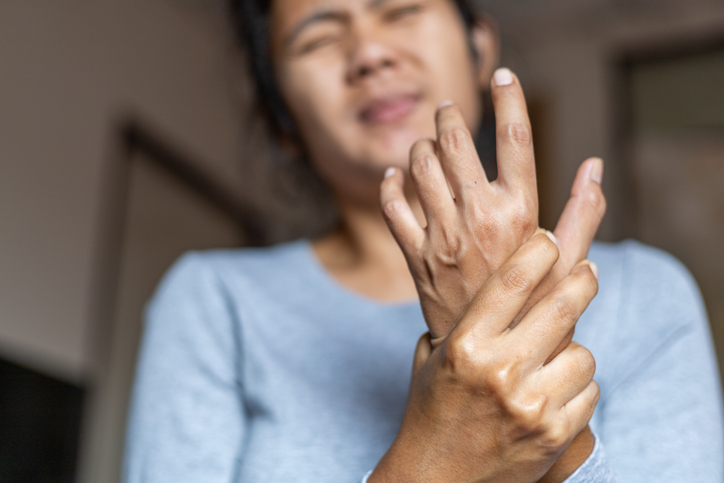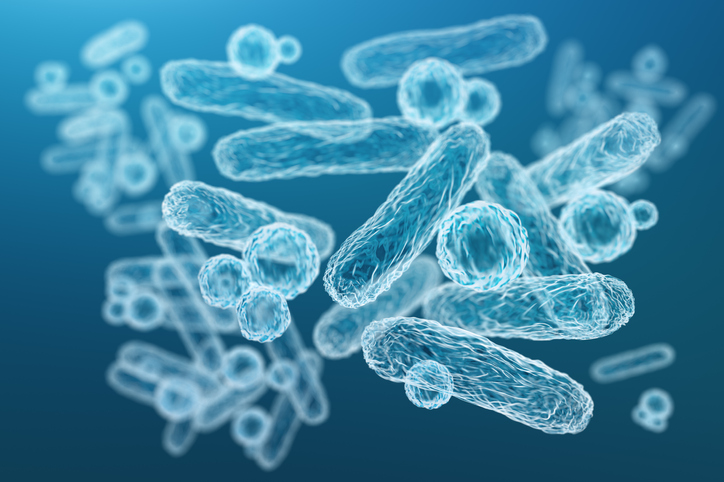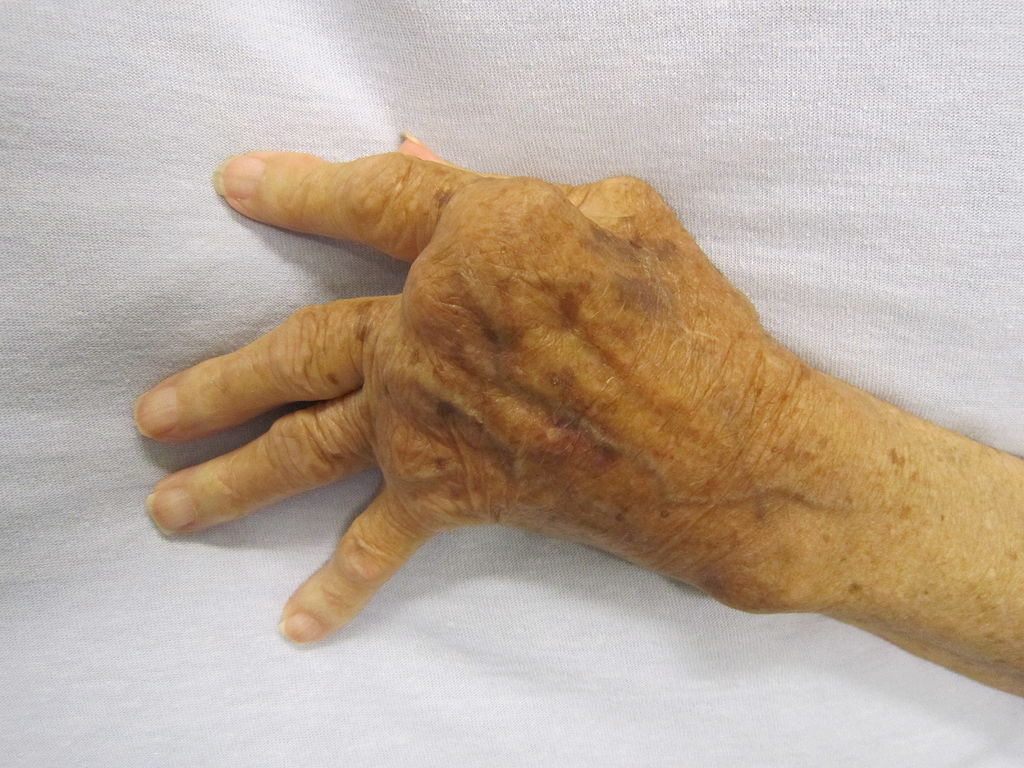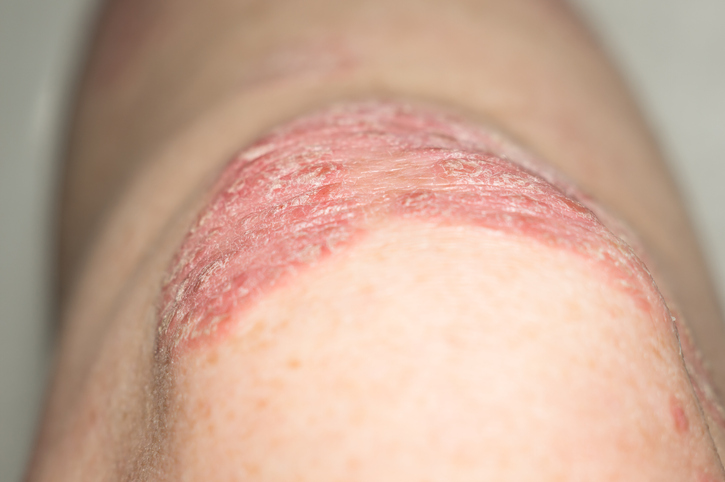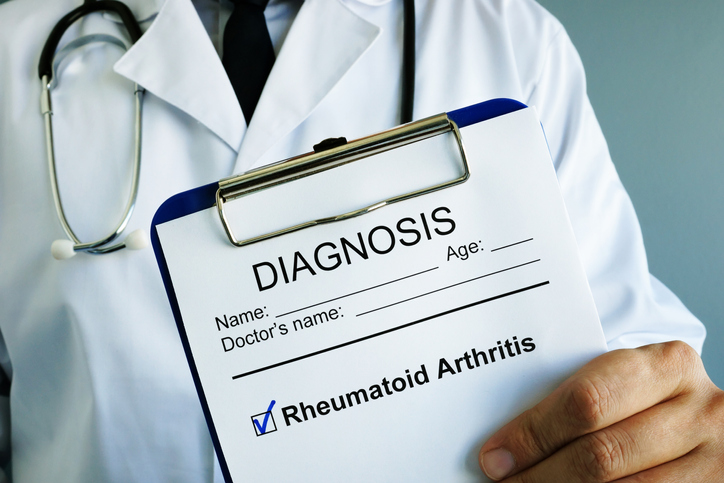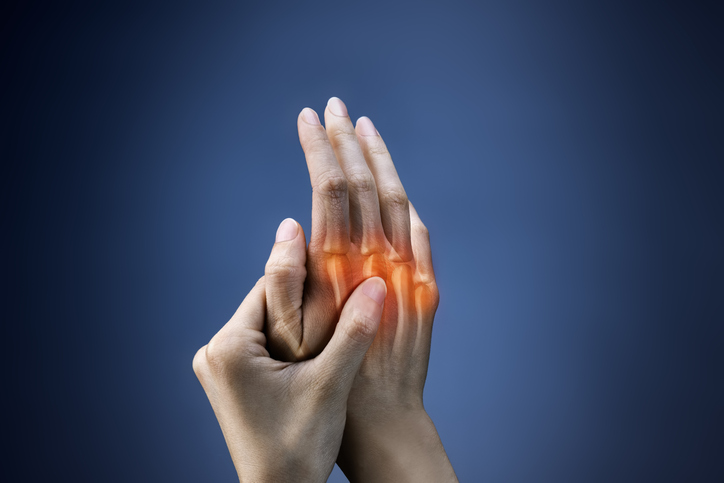Pain
Progression and Possible Complications of Osteoarthritis (OA)
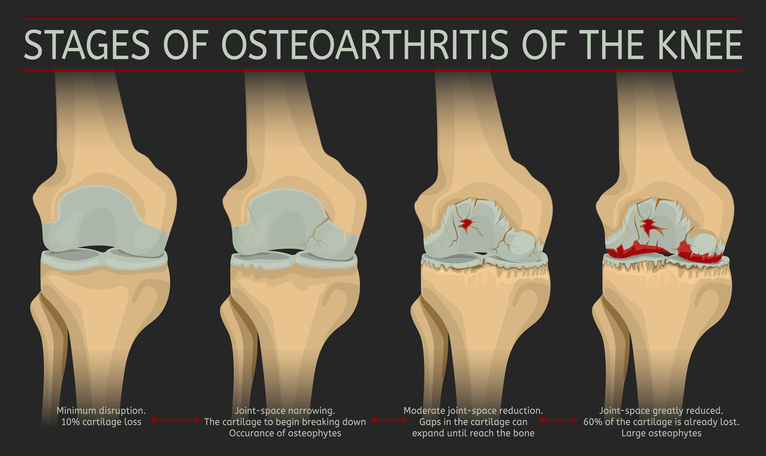
What is osteoarthritis?
Osteoarthritis (OA) is the most common form of arthritis, affecting over 30 million people in the United States alone. It occurs when the smooth cushion (cartilage) in one or more joints gradually breaks down, causing joint pain and stiffness. Osteoarthritis most commonly affects the hands, knees, hips and spine. Because OA is typically caused by normal wear and tear, the risk of developing osteoarthritis increases with age and generally worsens over time.
Progression of osteoarthritis
Osteoarthritis (OA) can progress from mild to severe. The progression of the condition is categorized into five stages.
- Stage 0 is considered normal joint health. Joints do not show any signs of osteoarthritis and function without impairment or pain.
- Stage 1 involves minor bony growths at the ends of the bones, known as bone spurs. Symptoms of pain or discomfort are generally not present, so treatment may not be needed in this stage.
- Stage 2 is considered mild. Bone spur growth is greater than in stage 1, but the cartilage and space between the bones is normal. The amount of fluid in the joint is still adequate for normal joint motion. This is the stage where symptoms typically become noticeable, such as pain after activity and stiffness after inactivity.
- Stage 3 involves damage to the cartilage between the bones, causing the space between the bones to narrow. Pain and stiffness occur more frequently and are more intense, especially morning stiffness. An affected joint may swell after extended periods of activity.
- Stage 4 is the most severe stage of OA. In this stage, the cartilage between the bones is almost gone, making the joint stiff or immobile. The synovial fluid that usually helps reduce friction in the joint is dramatically decreased. Pain in this stage is severe.
Possible complications of osteoarthritis
Complications of osteoarthritis depend on the severity of the condition and the joint(s) involved. Complications may include, but are not limited to, the following:
- Chronic pain
- Decreased ability to perform everyday activities, such as chores and cooking
- Sleep disruption
- Weight gain, which can lead to diabetes, high blood pressure, or heart disease
- Anxiety or depression
- Joint deformities and/or deterioration of the tendons and ligaments around the joint(s)
- Stress fractures
- Muscle weakness
- Impaired balance and increased risk of falling
- Bleeding or infection in the joint(s)
- Bone death or avascular necrosis
- Pinched nerve(s)
Appropriate treatment of osteoarthritis can slow the progression and help prevent complications of the condition.

